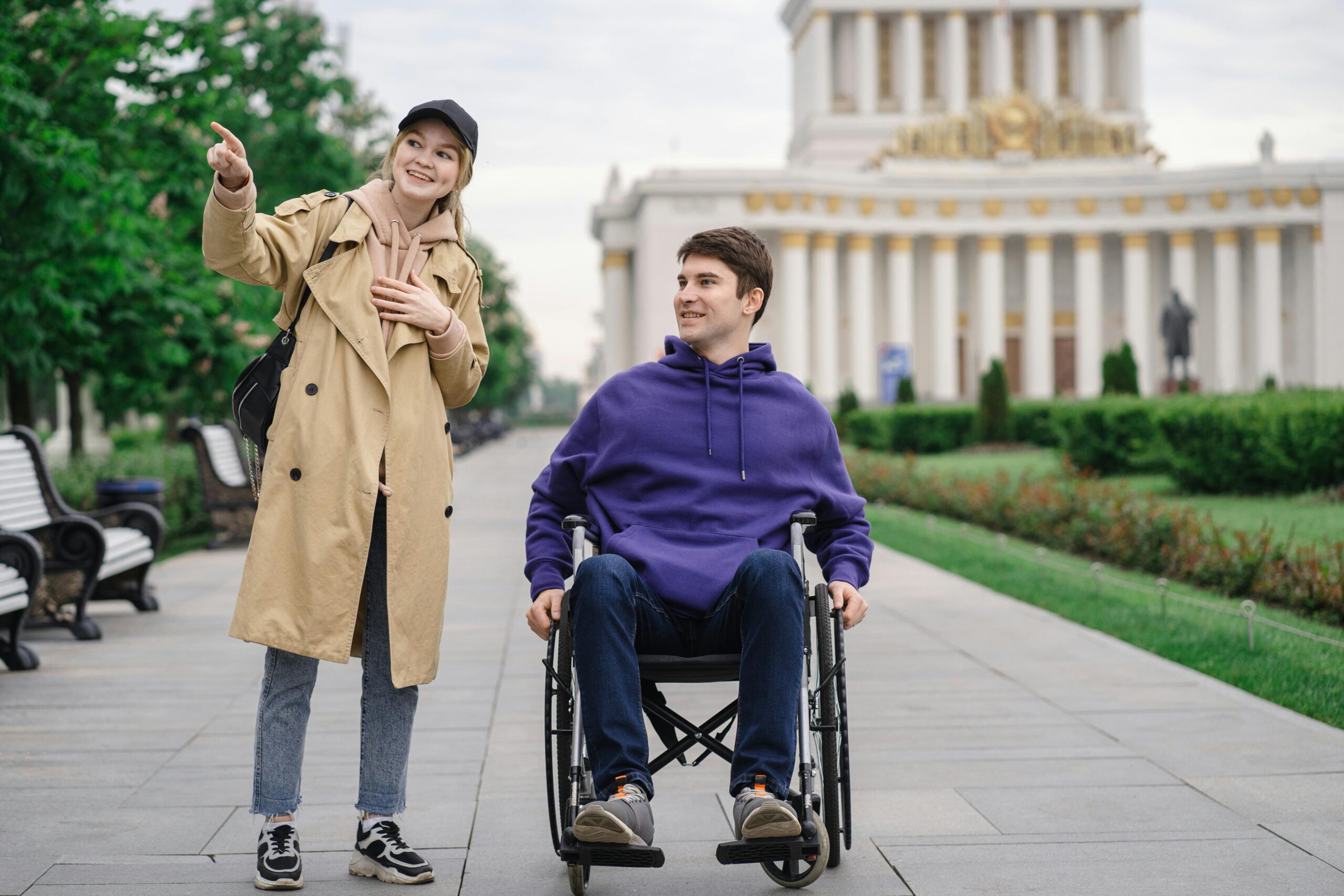For students with mobility impairments, navigating physical and social spaces on campus is often challenging, usually impacting not only accessibility but also inclusion within higher education. Although the ADA has guidelines in place, many of those who are mobility-impaired struggle day-to-day. Navigation-assistive technologies can help mitigate these barriers and potentially provide solutions such as real-time navigational support and accessible path options. However, understanding how those with mobility impairments can navigate a college campus while using mobility-assisting technologies is still lacking. This thesis proposal explores the research question: “How can the lived experiences of mobility-impaired students navigating George Mason University with mobility-assistive technologies inform the design of campus infrastructure to improve accessibility?” This research has the potential to indicate improvements in campus design and policy, particularly with automatic door systems, potentially influencing university accessibility standards and providing more inclusive environments for mobility-impaired students. Specifically, this research will apply human-centered design principles to examine the accessibility of navigating the George Mason University (GMU) campus and propose infrastructure change to automatic doors to better accommodate a larger variety of assistive technologies.
Aim 1: Capture and analyze the lived experiences of mobility-impaired students navigating George Mason University with mobility-assistive technologies.
Aim 2: Develop actionable recommendations to improve the accessibility of automatic door systems at George Mason University campus.
Committee members:
- Siddhartha Sikdar, Professor, Bioengineering
- Samuel Acuña, Research Assistant Professor, Bioengineering
- Nathalia Peixoto, Associate Professor, Electrical and Computer Engineering

